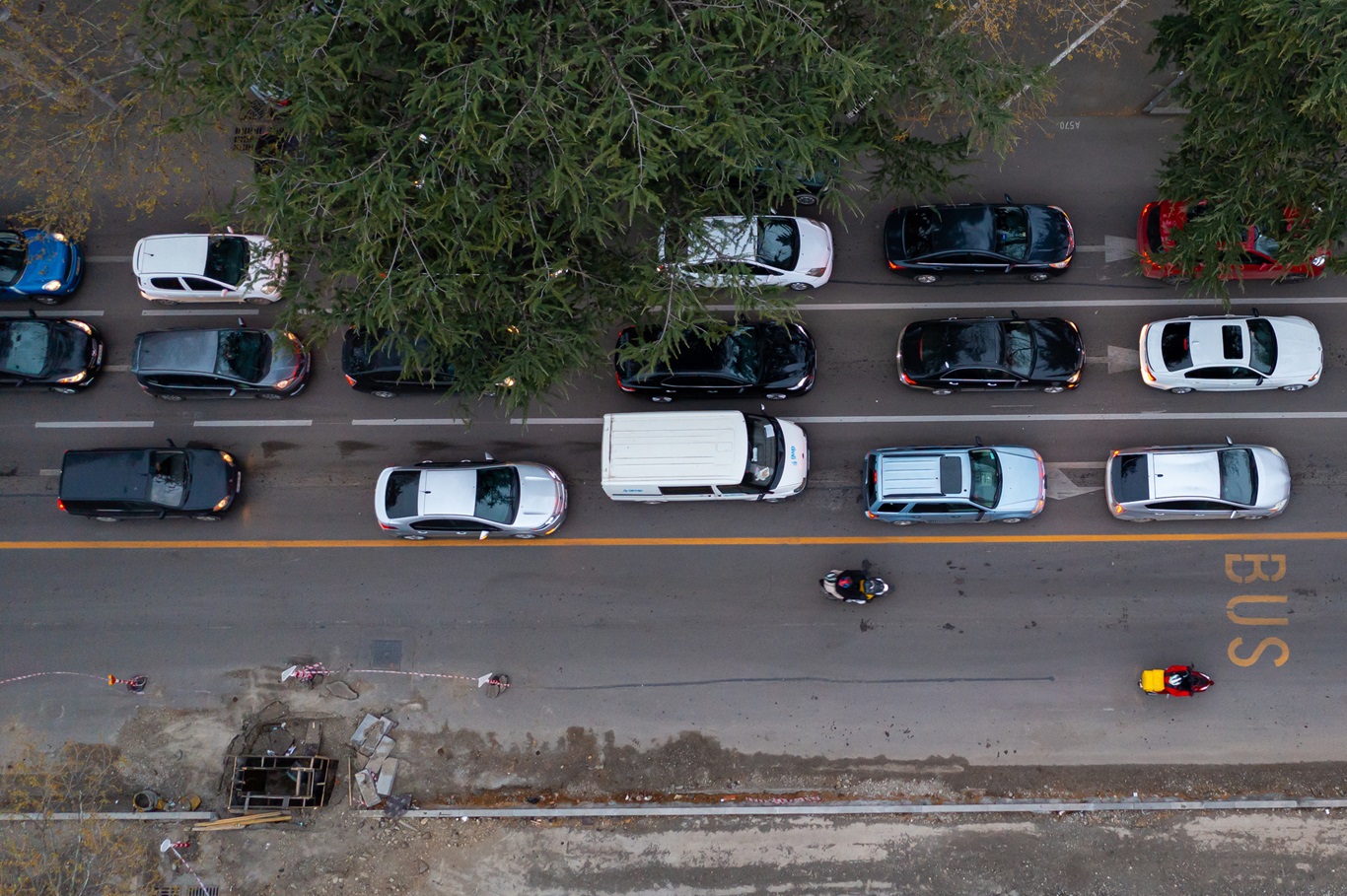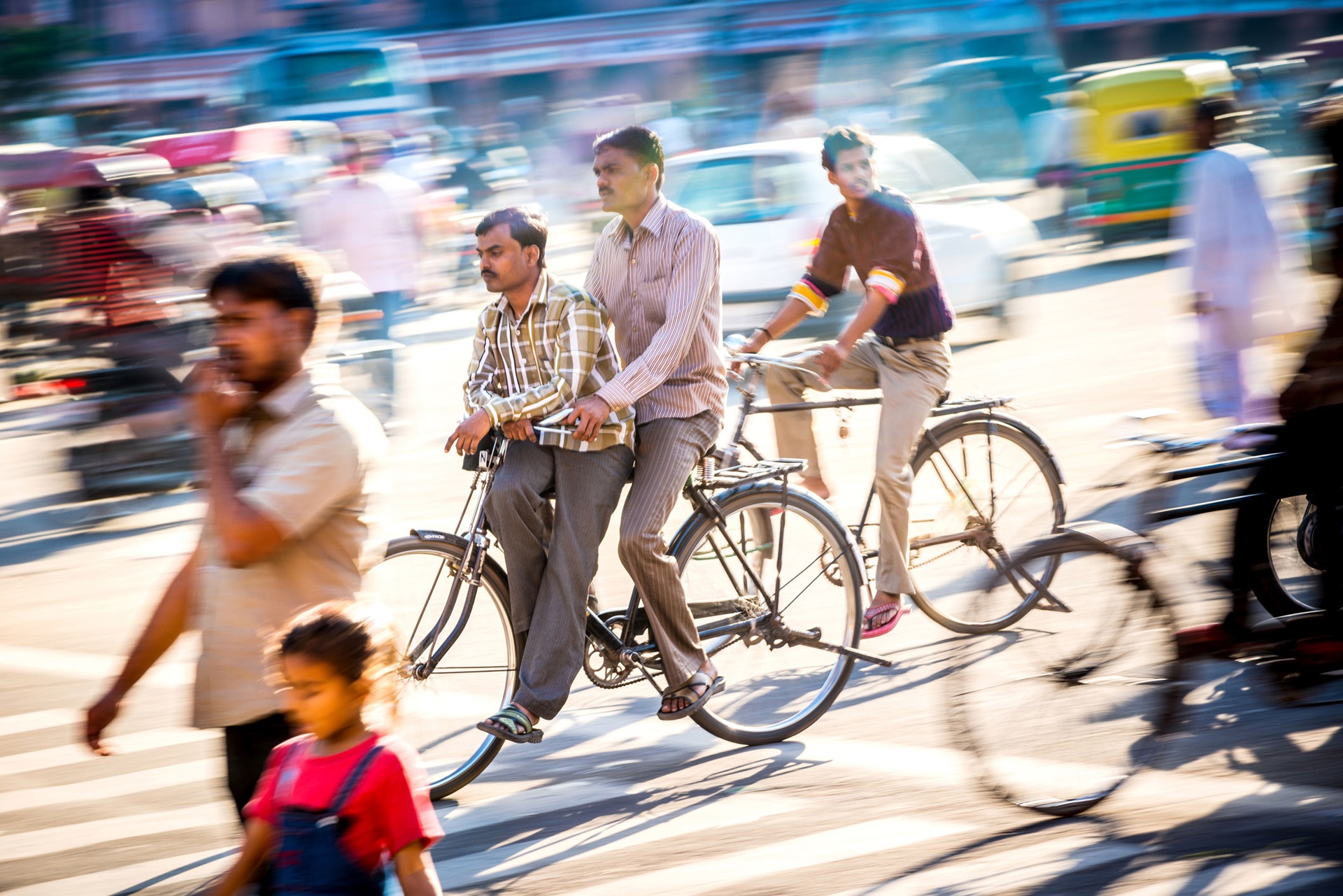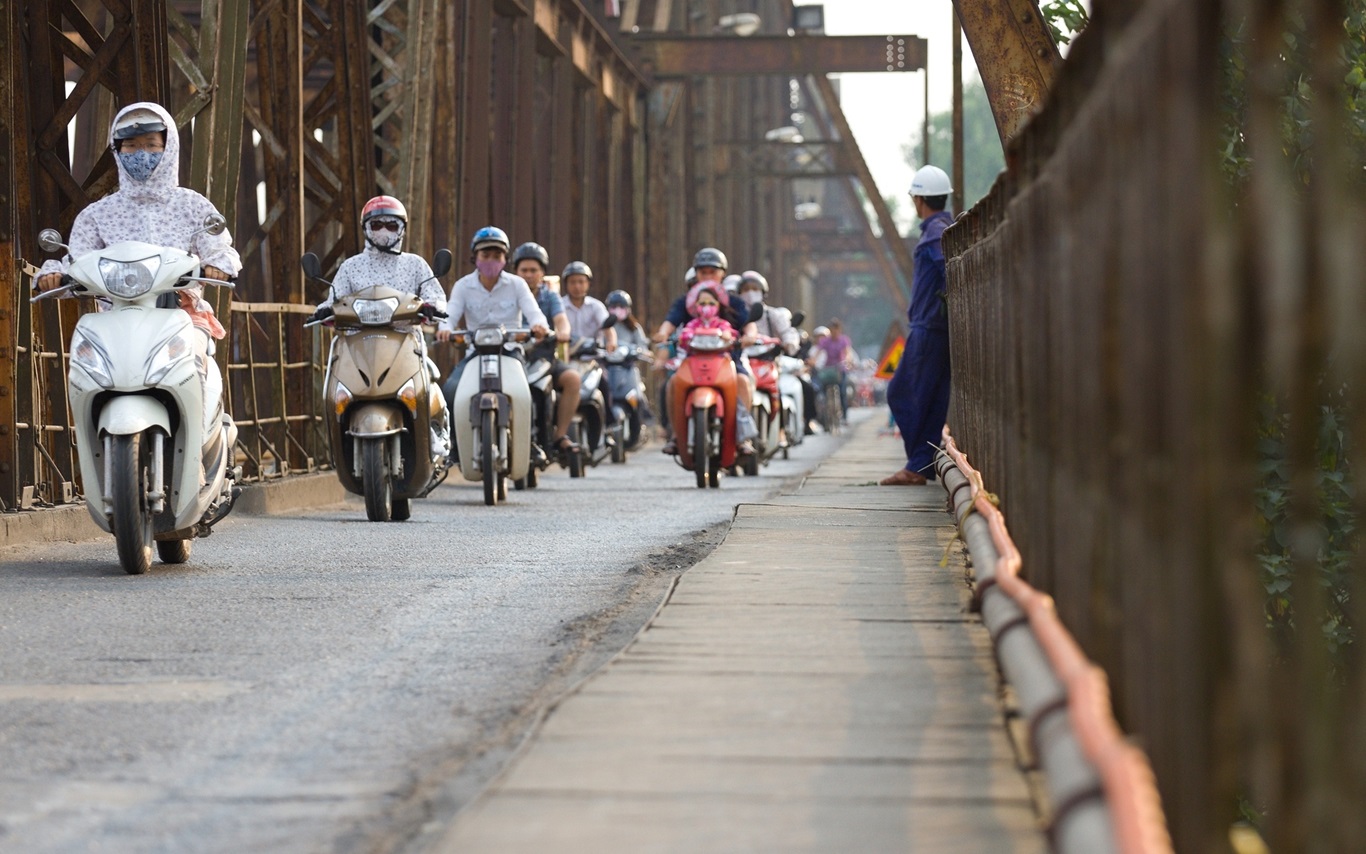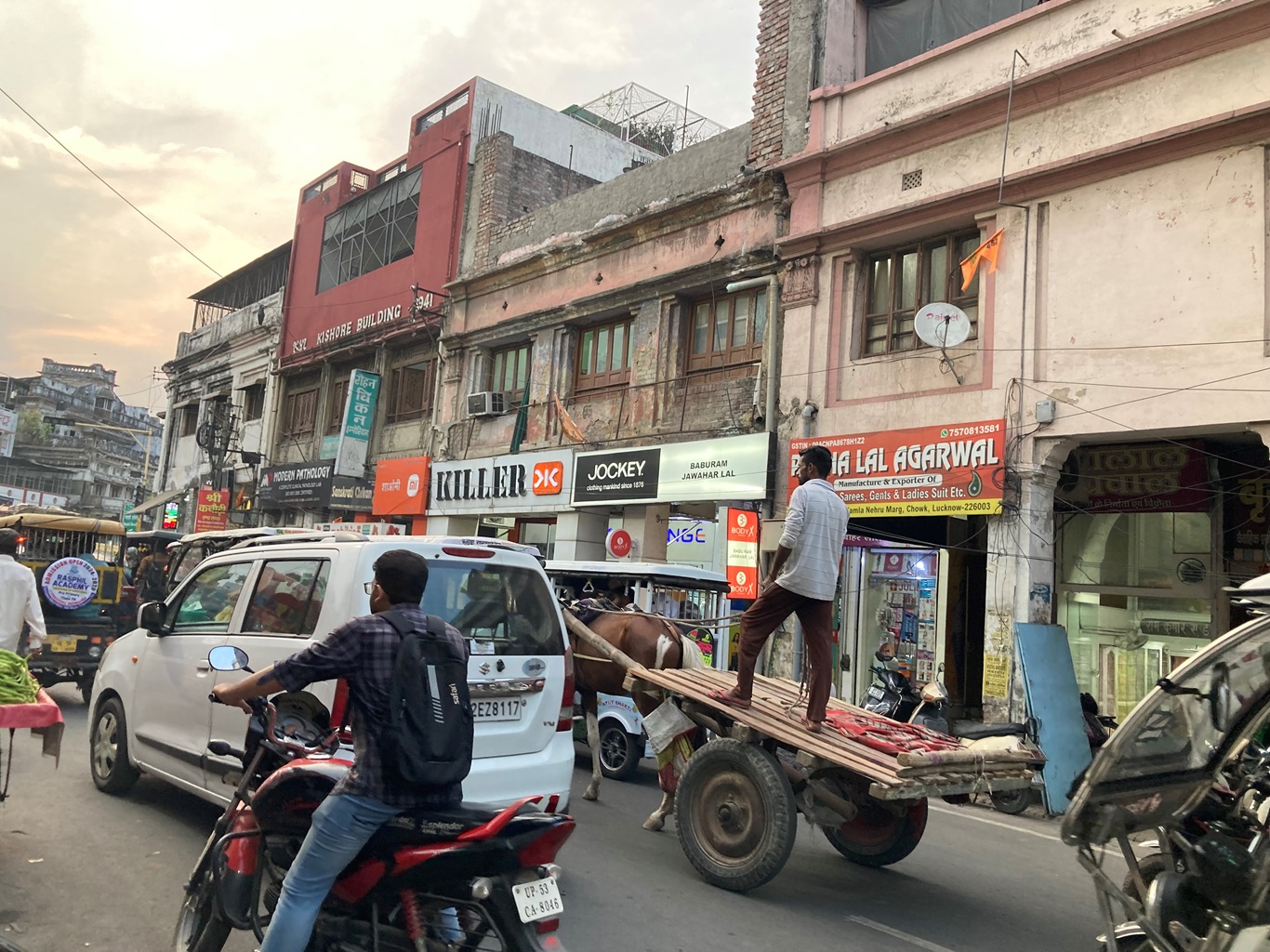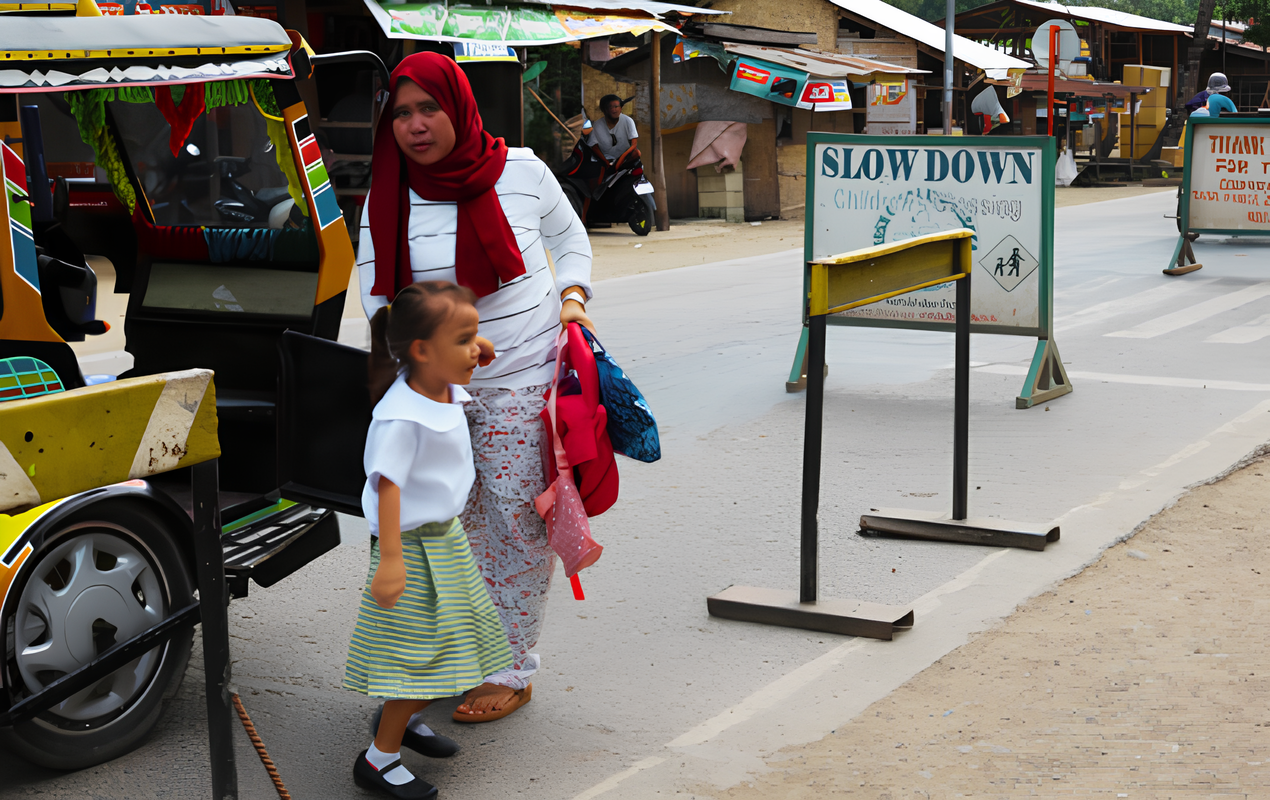In a crucial move to reduce road deaths among children, Malaysia will set speed limits at 30km/h in school zones. Deputy Prime Minister Datuk Seri Ahmad Zahid Hamidi confirmed the decision, along with introducing speed bumps in school zones, at a press conference in the capital Kuala Lumpur on July 15.
The landmark commitment comes after extensive collaboration from WHO and the Universiti Putra Malaysia with Malaysia’s Road Transport Department, and builds on recommendations from the WHO-led Global Plan for the Decade of Action of Road Safety 2021–2030.
“Reducing speeds in school zones marks a major, commendable step forward that will prevent many needless deaths and injuries among Malaysia’s children and youth. In terms of urban speed limits, it brings Malaysia fully into line with science and evidence-based WHO best practice,” says Dr Rabindra Abeyasinghe, WHO Representative to Malaysia, Brunei Darussalam and Singapore.
WHO data show that road crashes were among the top three causes of death among children aged between 10 and 19 years in Malaysia in 2021. Malaysian government statistics indicate an alarming average of 67 deaths per year in school zones in the country.
Managing traffic speed is key to reducing road deaths and injuries. The speed a vehicle travels influences the risk of a crash, the severity of injuries a victim will incur and the probability of death. Most vulnerable road users such as pedestrians or cyclists can survive impacts when the speed of an oncoming vehicle is up to 30 km/h, yet the chance of survival decreases dramatically as speed increases.
In support of the decision, WHO organized a national stakeholder meeting on road safety in October 2023 that was followed by a regional legislative training on road traffic laws. WHO has worked closely for years with key road safety stakeholders in the country, in particular the Ministry of Transport, Ministry of Youth and Sports, Ministry of Works, Ministry of Local Government Development and the Royal Malaysian Police, in addition to strengthening their ties with the Ministry of Health.
Crucial support also came from partners such as the Road Transport Department of Malaysia and the Malaysia Institute of Road Safety Research [MIROS] with funding from Bloomberg Philanthropies.
WHO is committed to extending its technical support in the implementation stage to make the new initiative a success and ensure Malaysia’s school zones are far safer for children.
